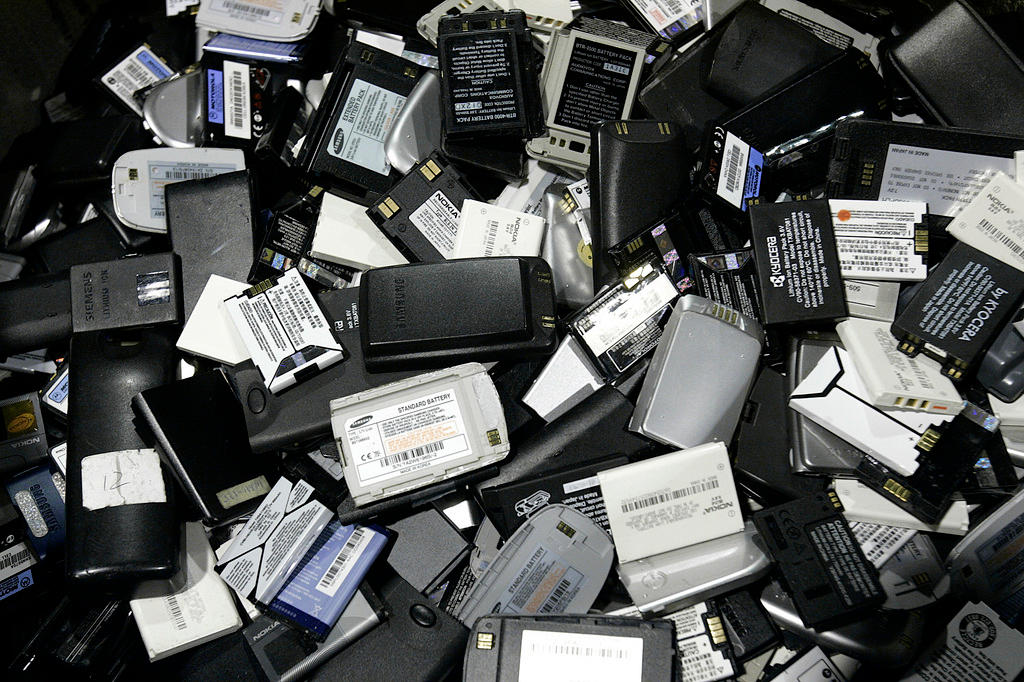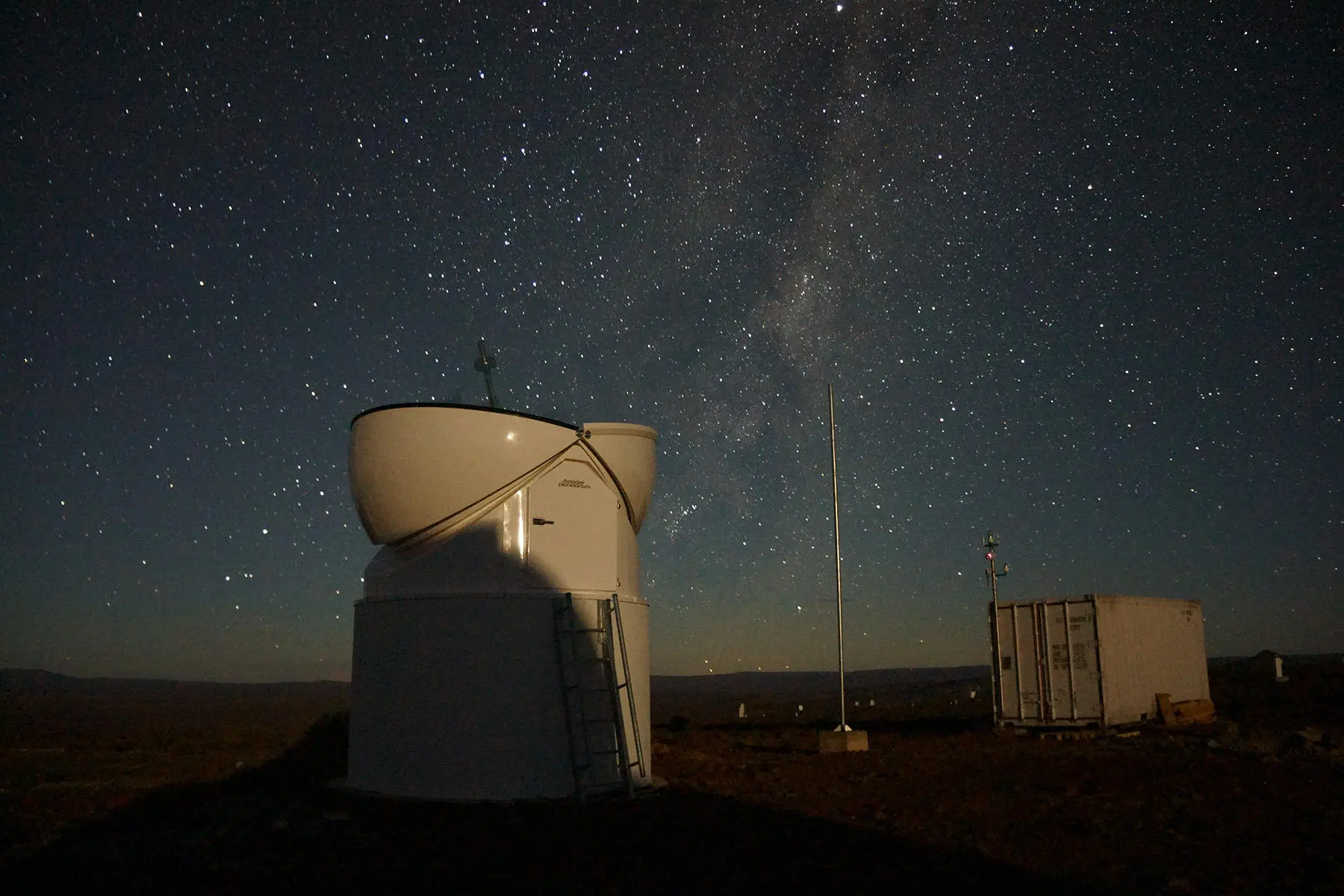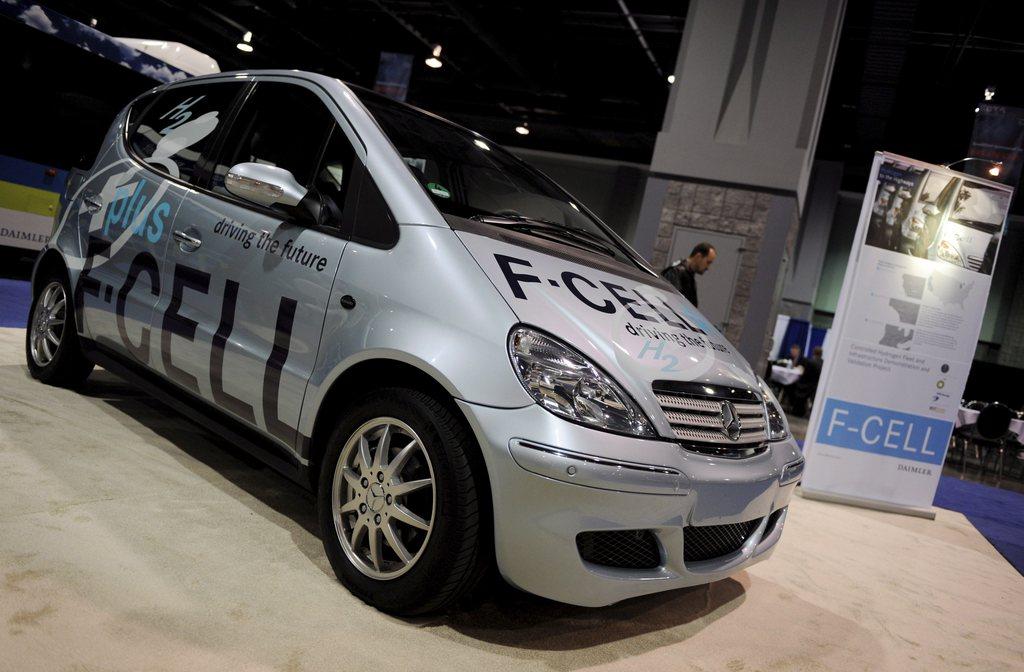Scientists charge ahead with sodium and magnesium batteries

Researchers in Switzerland have produced electrolytes that could be used in next-generation rechargeable sodium and magnesium batteries. They were looking for alternatives for lithium-ion batteries, where problems exist regarding the safety and availability of raw materials.
The team of researchers, supported by the Swiss National Science Foundation (SNSF), developed experimental solid-state battery cells, replacing lithium with either sodium or magnesium to create a solid electrolyte compound that facilitates the displacement of ions inside.
In their research, the scientists completely overhauled the crystalline architecture of the materials and used new components and manufacturing processes.
Sodium ions were able to move around easily in the new sodium-based compound at 20 degrees Celsius. The electrolyte is also non-flammable and chemically stable up to 300 degrees Celsius, the SNSF said in a statement on Tuesday.
Another major advantage of using sodium is that huge reserves exist, unlike lithium.
“Availability is our key argument,” said Léo Duchêne of the Swiss Federal Laboratories for Materials Science and Technology (EMPA), the lead author of the research paper.
The same team also developed a solid magnesium-based electrolyte and stimulated the movement of magnesium ions at 70 degrees Celsius, which is a much lower temperature than in earlier research.
First step
The advantage of magnesium is its vast abundance and the fact that it is light and poses no risk of exploding. As a magnesium ion has two positive charges, compared with one for lithium, a magnesium battery can store almost twice as much energy for the same volume.
“This is pioneering research and a proof of concept,” said Elsa Roedern of EMPA. “We’re still a long way from having a complete and functional prototype, but we’ve taken the first important step towards achieving our goal.”
The SNSF-funded project brought together researchers from EMPA, the University of Geneva, the Paul Scherrer Institute and the Henryk Niewodniczański Institute for Nuclear Physics in Poland.

In compliance with the JTI standards
More: SWI swissinfo.ch certified by the Journalism Trust Initiative













You can find an overview of ongoing debates with our journalists here . Please join us!
If you want to start a conversation about a topic raised in this article or want to report factual errors, email us at english@swissinfo.ch.